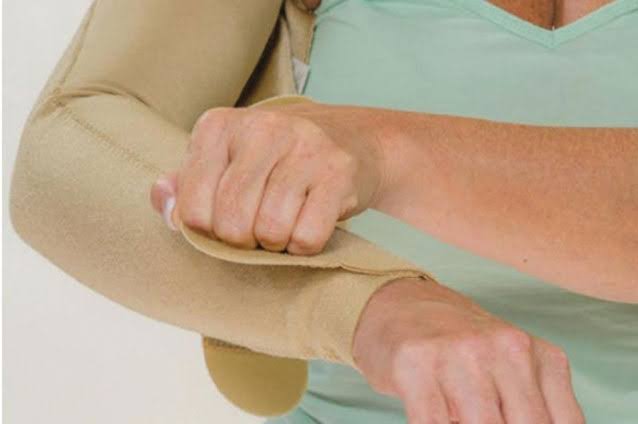Common contributors to lymphedema include:
Common contributors to lymphedema include:
Surgery: Removal of, or injury to, lymph nodes and lymph vessels can result in lymphedema.
Radiation: Radiation therapy treatment can cause scarring and inflammation of lymph nodes or lymph vessels.
Cancer: If cancer cells block lymphatic vessels, lymphedema may result.
Obesity: Being overweight contributes to the development of lymphedema.
Parasites: Filiriasis is a tropical disease caused by round worms that can damage lymphatic system.
Other: A patient may be born with a developmental abnormality to the lymphatic system. Problems can manifest at birth, during youth or as an adult.
If the condition worsens and becomes difficult to manage, lymphovenous bypass or vascularized lymph node transfer surgery may help relieve the problem:
Lymphovenous bypass: Under a microscope, surgeons use small instruments to connect blocked lymphatic vessels (as small as 0.3 mm in diameter) to a nearby vein. The bypass allows excess lymph fluid to flow more freely.
Lymph node transfer: Healthy vascularized lymph nodes (lymph nodes that have a rich blood supply) are microsurgically transplanted to an area of lymphatic injury to reestablish lymphatic connections.
These surgical procedures are usually more effective for swelling in the arms than in the legs and outcomes are better in the early stages of lymphedema. While it is not a cure and results vary, many patients report that their arm or leg feels lighter and more comfortable after undergoing the treatment.

